By Terry Sovil from the April 2012 Edition
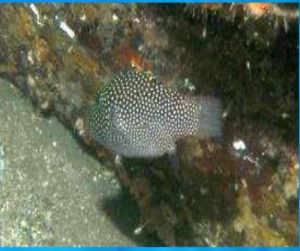 Sharpnose Puffer
Sharpnose Puffer
Tiny whitish spots cover the body of this inquisitive little fish. It is similar to the Honeycomb Puffer which has markings around the eye. This fish has a pronounced pointed snout. They come from the family of Smooth Puffers. They range in depths from 10 to 70 feet (3 to 21 M). Covered with whitish spots often tinted yellowish to bluish; head and body reddish brown to gray and greenish gray. There are no spots on their fins. The pectoral, dorsal and anal fins are translucent. This delightful little fish is abundant to common southern Gulf of California and Pacific Coast of mainland Mexico to Panama. They are generally solitary, seen often in pairs here in Manzanillo and occasionally forms loose groups. They tend to lurk in shaded, protective recesses in rocky reefs, boulder- strewn slopes and walls. They are curious and unafraid; often allowing a slow, non-threatening approach. Their size is 2 to 3 ½ inches (5cm to 8 1/4cm with a maximum of 4 inches (10 cm).
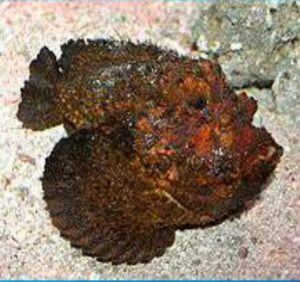 Stone Scorpionfish
Stone Scorpionfish
The Stone Scorpionfish, likes it relatives, blend extremely well into their environment and can be very difficult to spot. They range from the Gulf of California and Pacific Coast of Baja to Panama. They are solitary and inhabit sand and algae bottoms; also rocky, boulder/gravel-strewn slopes and wall ledges. They tend to remain still, relying on camouflage when divers approach. They are also known as the “Pacific Spotted Scorpionfish”. They are from the family of Scorpaenidae. They feature numerous large barbells under their mouth. This fish has a very heavy, stout head and body, often with numerous skin flaps. They display mottled with blotches in earth tones but can be pale, darken or change color to blend with the background. They range in size from 8 to 14 inches (20cm to 35 cm with a maximum size of 18 inches (45 cm). A scorpion fish sting causes intense pain and swelling at the site of the sting. Swelling can spread and an allergic reaction is possible.
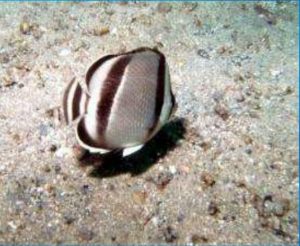 Threebanded Butterflyfish
Threebanded Butterflyfish
The Threebanded Butterflyfish ranges in depths from 10-100′ (3M – 30M). They live in rocky, boulder strewn areas, often in pairs or schools. They tend to ignore divers but will move away if approached. The best way to observe them is to wait quietly along their approach path or move very slowly toward them. If they are in schools swim parallel to the school. Members of the Butterflyfish family they are silver-gray with a black border on their rear dorsal and anal fins. This fish grows from 3-4 inches (7.5 – 10 cm) with a maximum of 6 inches (15cm).
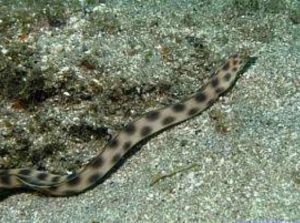 Tiger Snake Eel
Tiger Snake Eel
The Tiger Snake Eel is frequently described to me as a “sea snake” and it does have the general appearance and movements of a snake. It is an eel. They are frequent in the Manzanillo area and range from the Gulf of California and southern Pacific Coast of Baja to Panama. This eel inhabits sand flats and rocky areas with boulders and gravel rubble. The can bury themselves in the sand and move beneath the surface. It can be very wary around divers. It will sometimes allow a close approach. The Tiger Snake Eel is from the family of Snake Eels. They feature tan, often with whitish, reddish or grayish tinting; and the border of their dorsal fins are dusky. They have small pectoral fins. They range in size from 8-15 inches (20-37.5cm) with a maximum of 29 inches (72.5 cm).
Download the full edition or view it online


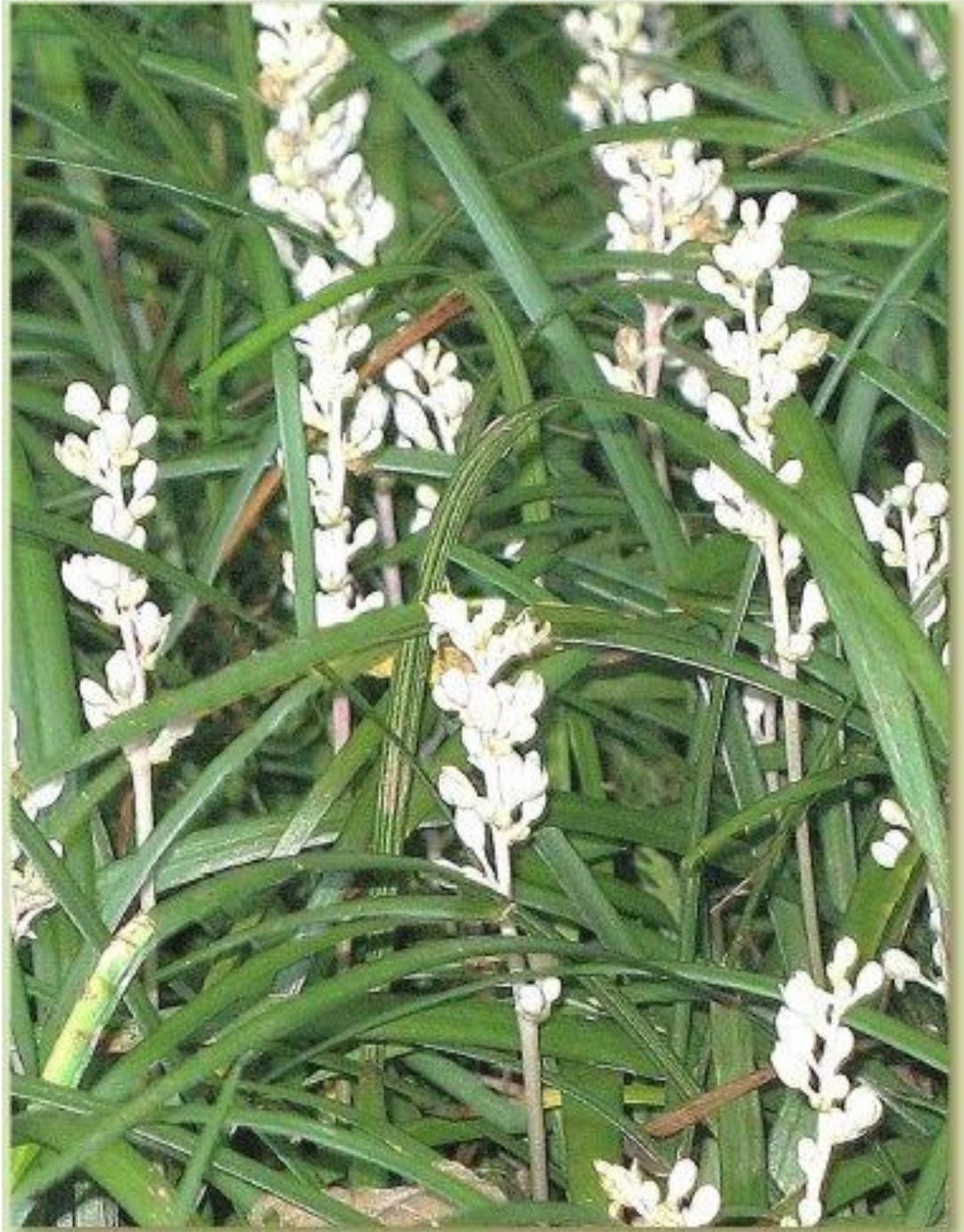
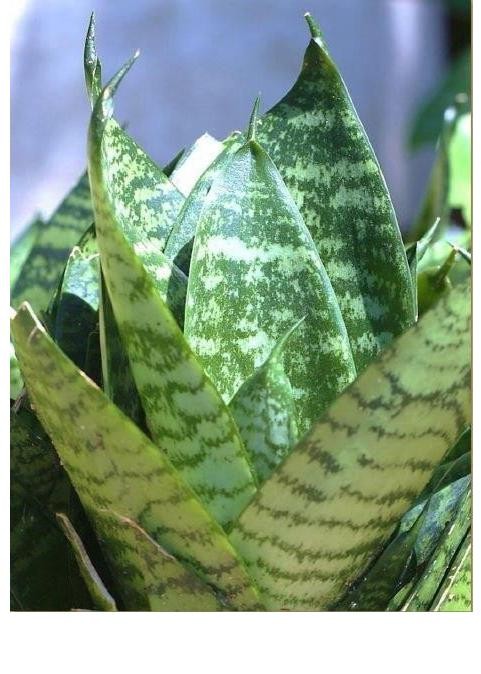

You must be logged in to post a comment.